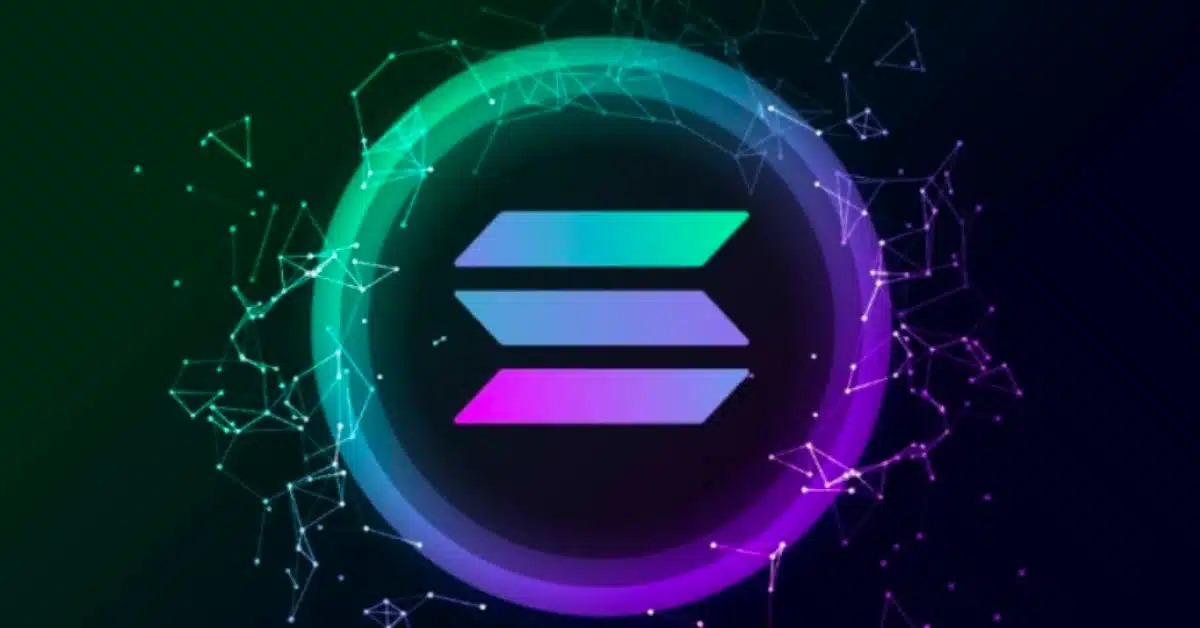Ethereum layer-2 Scroll appears to have launched its zkEVM on mainnet. While there has been no official announcement for the same, funds are being bridged to the platform, as per on-chain data.
Scroll is an EVM-equivalent Layer 2 scaling solution for the Ethereum blockchain. It utilises the ZK technology which results in faster and more efficient transactions while also maintaining the security of the blockchain.
EVM stands for Ethereum Virtual Machine (EVM), which is the bit that runs applications instead of simply processing them. By being EVM-compatible, these networks are able to support Ethereum applications while also running at scale.
According to Dune Analytics, over 330 $ETH, which is worth about $515,000 as of current prices, has been bridged so far. There have been a total of 884 transactions on Scroll with 495 unique users, as of press time. Blockchain explorer Etherscan believes the bridge deployment to have begun on 8 October.
Despite no official announcement from the team, users have already been able to add the mainnet to their Web3 wallets like MetaMask. From here, they can transfer funds from other Ethereum-based networks to the zkEVM. This is possible via third-party bridges like Owlto Finance and the minimum bridge amount is reportedly 0.0035 $ETH, which is around $5.
ScrollSwap, which is the first decentralised exchange (DEX) on Scroll have also begun integrating with the Scroll mainnet. Another one is omnichain solution Merkly, which enables users to play around with the new network further.
Along with three other DEXs on the Scroll zkEVM, ScrollSwap is already being tracked by DefiLlama too. As of writing, the total value locked (TVL) on Scroll applications is over $160,000.
The latest news follows Scroll’s move from pre-alpha to an alpha testing phase. This happened in February this year when Scroll launched its zk-EVM on Ethereum’s Goerli testnet.
The testnet was permissionless but largely centralised, particularly in terms of the computers that do the complex processing required for the network to operate. For the network to start building resiliency, its code was kept open-source. A bridge was also set up to transfer assets between the Goerli testnet and Scroll.
Till then, Scroll had been working on its network for two years with 60 members in its team, alongside a wider network of external contributors.
Talking about what the team aims with the product, a researcher known as Pseudotheos at Scroll, once said in an interview: “We want to build the most robust and secure zk-EVM out there and that’s why we’re doubling down and working on a decentralised prover and sequencer network. After mainnet, that’s our main priority. After the zk-EVM gets out the door, we’re not even close to done. We have years of work cut out for us, as far as properly decentralising — but that’s our main priority.”
Scroll is neck and neck with multiple other projects who aim to bring out a zk-EVM. This includes Polygon, StarkWare and zkSync, who all have different approaches to making the same. Being first to market wouldn’t make much of a difference, noted Pseudotheos as he said: “It doesn’t matter who’s first. I think that there’s room for co-existence, especially as a lot of these rollups are taking different approaches and their nuances with [zero-knowledge proofs].”


